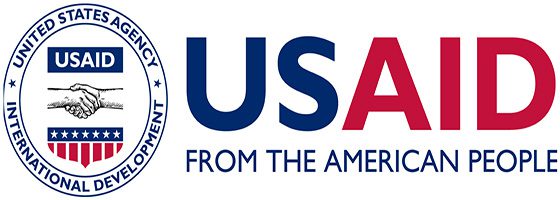Supporters of US foreign aid programs are well practiced at the art of persevering in the face of criticism they have received for decades. These programs are now facing significant funding cuts. Especially during this period of financial distress, USAID will have to deal with a contentious political environment. As detailed below, evidence suggests that USAID is resolutely moving forward, and is capable of weathering the storms ahead. That the foreign aid spending spigot seems likely to remain open, is demonstrated by the $2.5B price tag (same as its predecessor program) on the planned continuation of the Support Which Implements Fast Transitions (SWIFT) contract.
March of (the) Progress(ives)
On June 30th, USAID issued a pre-solicitation notice for the SWIFT V IDIQ contract. This is the latest iteration of an ongoing program whose purpose is to bring, or restore political, economic and social order as well as some degree of prosperity and tranquility to unstable, strife torn areas…abroad.
SWIFT V is an FFP, Cost Plus Fixed Fee vehicle with a 5-year base term, and 2 x 1-year options. It has two basic parts: 1) Implementation of Transition Programs – Competitively F&O; and, 2) Long-Term Technical Assistance – a Small Business Set-Aside. The number of awardees here is strictly TBD.
Currently, the SWIFT IV predecessor has 9 contract holders: Chemonics, Creative Associates International, Development Alternatives, Inc., International Relief and Development Associates, AECOM, International Resources Group (IRG — now Engility), Management Systems International, Inc. DYNCORP and RTI International.
Contractors helping People in the Field
SWIFT V’s specific objective involves providing USAID’s Office of Transition Initiatives (OTI) with the means to support U.S. foreign policy objectives by catalyzing local initiatives to advance stability, peace and democracy in response to complex political crises. Contractors will work closely with OTI’s program team on the ground to seize emerging windows of opportunity to provide adaptive and agile programming in countries or regions. Veterans of previous USAID contracts will know what this means: years of service, often away from family, working under dangerous conditions, sometimes with risk to life, often off the grid, applying the greatest ingenuity possible to help the people stabilize a government that allows them to realize their potential.
Same Old Same Old? – Handwriting, Not Handwringing
At USAID there’s some handwriting on the wall in the form of narrative from the SWIFT solicitation material indicating that — agency personnel are planning to continue doing the best possible job, in spite of some political contention and proposed budget reductions.
A close read of the pre-sol stuff would suggest that USAID is betting that, when the smoke clears, it’s going to be largely business as usual — plus ca change, plus la meme chose (the more things, change, the more they stay the same.)
Compelling Evidence — Hard Choices and Soft Touches
Case in point — Exhibit A taken from the introductory section of the Pre-Sol SOW:
Awardees should anticipate replicating previous SWIFT efforts, “which have:
- Engaged with politically marginalized citizens to give them a voice in the transition process;
- Addressed gender-specific constraints to successful transitions;
- Drawn people together across ethnic, political, and religious lines to work productively together towards common community-defined goals”
References to “politically marginalized” citizenry, the addressing of “gender-specific constraints”, and drawing “people together across ethic, political and religious lines.” This language would seem to align more closely with the purportedly “soft” approach of prior administrations, than the no-nonsense approach favored by the current residents of the West Wing. Preparing a proposal that is responsive to RFP language and complies with the priorities of the current administration is a challenge for the bidders.
How to Win USAID and SWIFT V Business
Rhetoric and partisan squabbling aside, USAID and the foreign aid programs will continue to be a lightning rod for grand standing, pro and con. And this program is likely to continue at the same spending levels.
Regardless, when all is said and done, foreign aid and USAID have a lot of well-connected friends. Its programs are decidedly Pentagon friendly, involving training and support activity that supports military efforts, usually indirectly. It’s no coincidence that the same large (and many smaller) contractors who win a lot of DoD work get a huge piece of the USAID action too. It does create American jobs. It has contractor community and Congressional and bureaucratic support. And, after all, what we’re really talking about is peanuts here. As proponents point out, the foreign aid budget, of which USAID is the most significant part, accounts for no more than 1 percent of US Federal Government spending. This can get lost in rounding errors at the Pentagon or the Center for Medicare and Medicaid Services at HHS or the Social Security Administration.
Navigating the Challenging Waters
The current environment will require USAID contractors to play the political game as adroitly as the Foreign Aid community appears to be doing. Experienced USAID contractors and those who wish to be must take their game to the next level if they’re going to win the foreign aid and overseas support contracts going forward. This means being sensitive to administration priorities as well as USAID sensibilities. And enhanced BD and capture activity. Good luck.






Leave A Comment